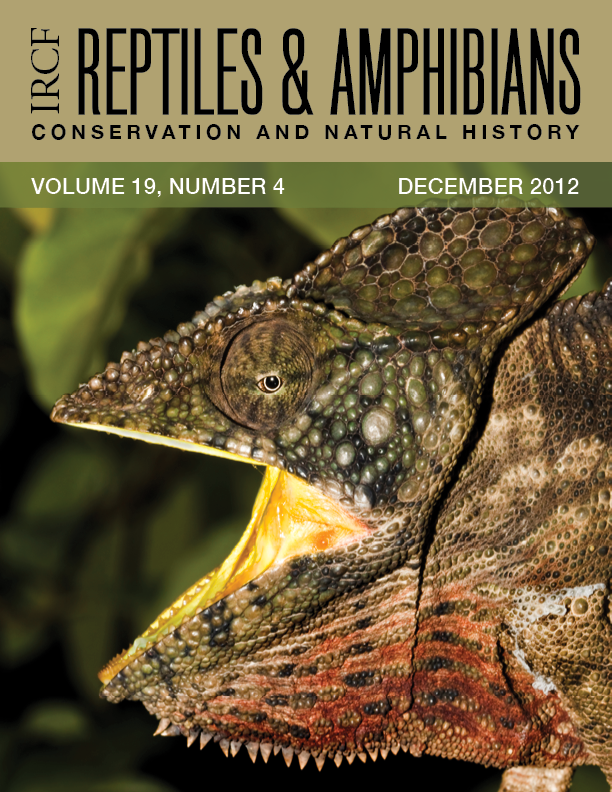Sexual Size Dimorphism, Ovipositioning, and Hatching in Leiocephalus macropus asbolomus (Squamata: Leiocephalidae) in Alexander von Humboldt National Park in Eastern Cuba
DOI:
https://doi.org/10.17161/randa.v19i4.13915Keywords:
Leiocephalidae, Sexual size dimorphism, Oviposition, Hatchling, Eastern CubaAbstract
The endemic Antillean family Leiocephalidae includes 28 currently recognized extant species in the genus Leiocephalus. These are distributed across Hispaniola, Cuba, and various islands and cays in the Bahamas. Sexual size dimorphism (SSD) is a fundamental and widespread biological phenomenon generally attributed to sexual differences in relationships between body size, survival, fecunditty, and mating success. Six species with 40 subspecies are known from Cuba. Few data are available regarding SSD and reproduction. Herein we report new life-history data and the sexual size dimorphism index (SSDI) in Leiocephalus macropus asbolomus. Fieldwork was performed during mid-August 2009 iin La Melba (Alexander von Humboldt National Park), HolguinProvince, Cuba. All males were larger in size then females and the SSDI (1.44) is the highest reported ffor any species of Leiocephalus. Egg measurments averaged 18.2 x 12.7 mml mean clutch size was 3. Eggs took 61-72 days to hatch; mean incubation time was 66.5 days, and mean hatchling SVL was 30.1 mm.
Downloads
Published
Issue
Section
License
Copyright is held by the authors. Articles in R&A are made available under a Creative Commons Attribution-NonCommercial 4.0 International license.

